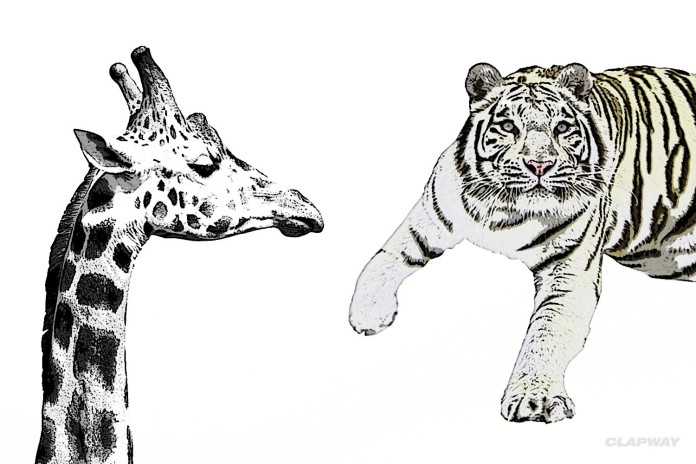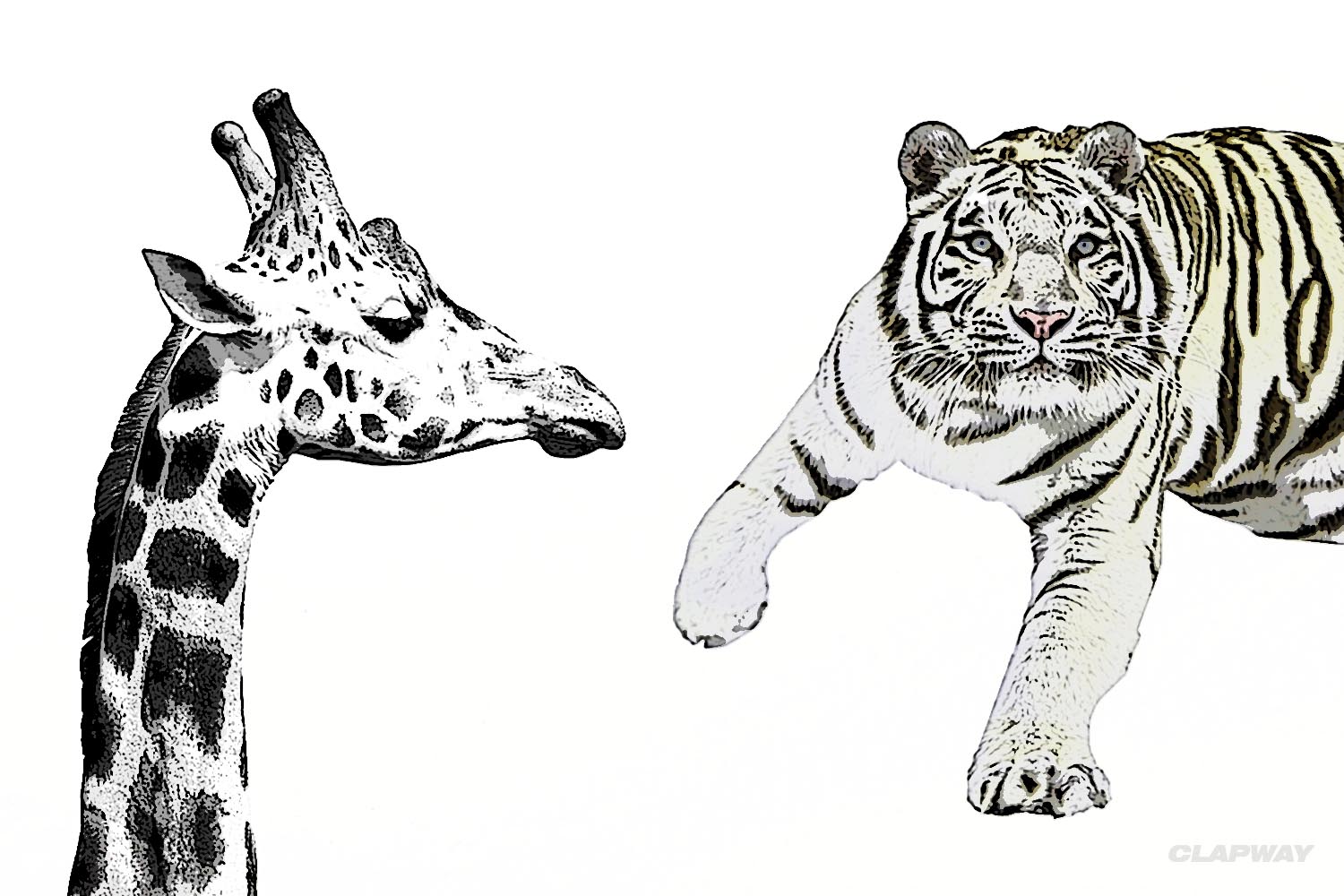
A white giraffe has been discovered in Tanzania. Omo was first found in 2014 by experts at the Wild Nature Institute.
Omo Might Be a One of A Kind Animal
This young giraffe has leucism, a condition that causes loss of pigment. Since her body is incapable of producing pigment, her body is completely white with the occasional splash of orange and gray. This is different from albinism. Leucism happens when pigment cells cannot develop through differentiation. Because of this, the body’s cell is incapable of making enough cells to make pigment. Albino animals can’t produce melanin at all, even in the eyes.
The Difference Between Leucism and Albinism is Simple
Leucism is very rare and is passed down genetically. There isn’t enough information about the condition to know if it is adaptive or evolutionary, but the community is worried that leucism might make Omo more vulnerable to poachers.
Omo currently lives at the Tarangire National Park in Tanzania. She’s lived through the first year of life, which is often the hardest for giraffes. Hyena and lions are known to prey on young giraffe calfs. Omo is the only giraffe with leucism known to date. However, the staff at Tarangire National Park have also spotted a leucistic Cape buffalo, waterbuck and ostrich.
Are White Giraffes Like White Tiger?
Omo is a unique giraffe because she was found in her natural habitat with a condition that occurred naturally. The difference between this white giraffe and a white tiger is that white tigers can only be born from inbreeding.
Inbreeding is the only way to produce the white tiger’s white coat, but it also gives tigers other health effects. Many white tigers, white deer and white alligators have gained abnormal and weakening conditions thanks to inbreeding. As such, there are many movements to ban the breeding of the white tiger, lions and king cheetahs in zoos.
Hopefully, the discovery of Omo will not encourage this kind of action to this young giraffe. For now, Omo is living happily in Tanzania. All isn’t safe for her, who is still threatened by predatory animals and poachers.


















